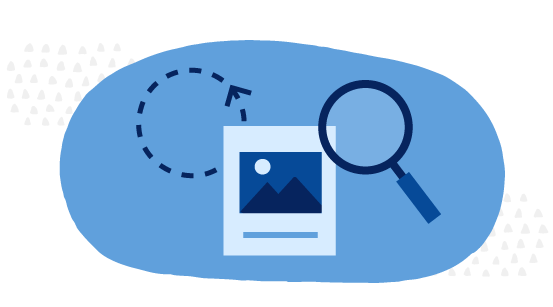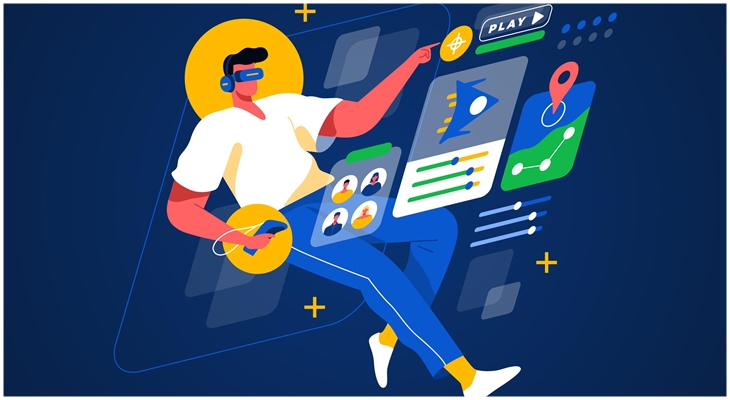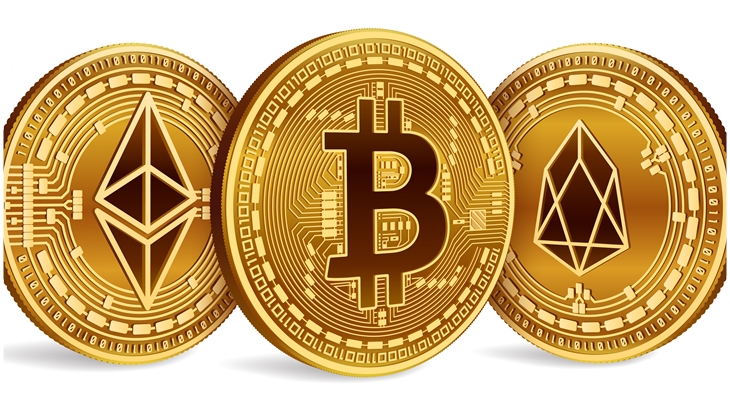Undoubtedly, reverse image search have been taking the internet by storm and are increasingly utilized day by day. Internet users are more inclined to conduct searches by images instead of keywords.
The popularity of search by image technique is because it provides the most accurate search results. The technology behind this photo search is called computer vision, which comes from deep learning algorithms.
Deep learning is an AI technology that imitates the learning pattern of the human brain. During picture search and recognition, deep learning follows similar patterns as humans to detect and find similar images. However, it’s not that simple; as mentioned, it is rather a complex procedure.
The article below discusses this complex topic of deep learning used in image reverse search.
What is Reverse Image Search?
As depicted by its name, Reverse Image Search is a way of searching by using an image. Instead of entering the keyword as a query, the image is uploaded to bring the relevant results. You can search by image to find similar images using different search engines and online utilities.
You can find numerous pictures similar to your sample image using the reverse image lookup method and discover their popularity, altered versions, and sizing. Moreover, you can find a higher-resolution version of the image or the official thumbnail.
Reverse search is also used to verify the originality and copyright of images on the web. Thus, you can find the original source and creator of the image.
What is Deep Learning?
Deep learning is the subset of machine learning and artificial intelligence. As an AI method, it teaches computers to process data like that of humans. Deep learning models are implied to recognize complex data patterns and provide accurate predictions.
Deep learning is based on artificial neural networks, and the structure and function of the human brain inspire its algorithms. This method is concerned with learning and improving representation learning.
Artificial neural networks in deep learning allow computers to observe, learn, and react to complex situations, similarly to how humans think and learn. A breakthrough has been made in image classification with the help of deep learning intervention. It can be utilized for any image recognition and search problem without human aid.
Role of Deep Learning in Reverse Image Search
Well, without a single doubt, deep learning can be regarded as the backbone of the reverse image search. It’s the schema behind the image reverse search that identifies and compares the images to a large number of databases. Deep learning follows a content-based image retrieval or a CBIR query method to match similar images.
So, how does deep learning work in the reverse image search? Deep learning technology makes your image go through various procedures, which involve the following:
Image Identification
Many images are retrieved from a massive database after the user has entered the visual query to identify an image. Deep learning automatically learns an image's unique pattern and features by turning raw data into meaningful images. It recognizes and picks out complex shapes, textures, and details from the images.
Image Comparison
After that, it transforms these images into a numerical code compared with a vast database of images. This comparison allows the deep learning mechanism to identify which image is similar to the provided image and to what extent. The images are compared depending on the two factors, i.e., the distance and the similarity metrics.
Image Results
These results contain the most similar images as per your uploaded image. In this way, you’ll find the lookalike images and the creator of your input image and its source.
The deep learning method performs feature extraction from a huge database of images to provide accurate and well-optimized similarity results. Therefore, similar images constitute the query results by the search by image.
The same learning concept is also implied in the facial recognition system for individual identification.
You May Also Like To Read:







